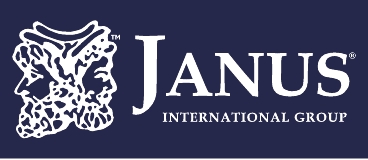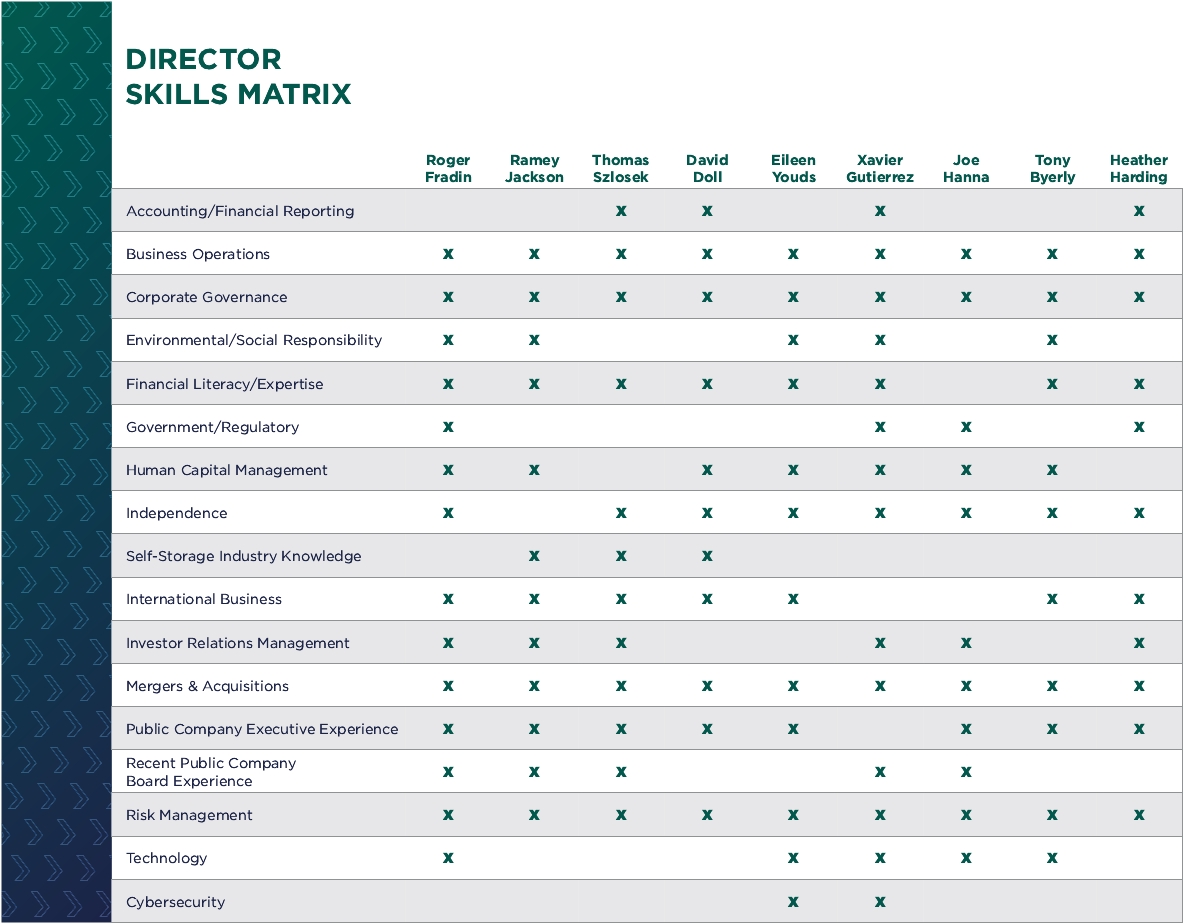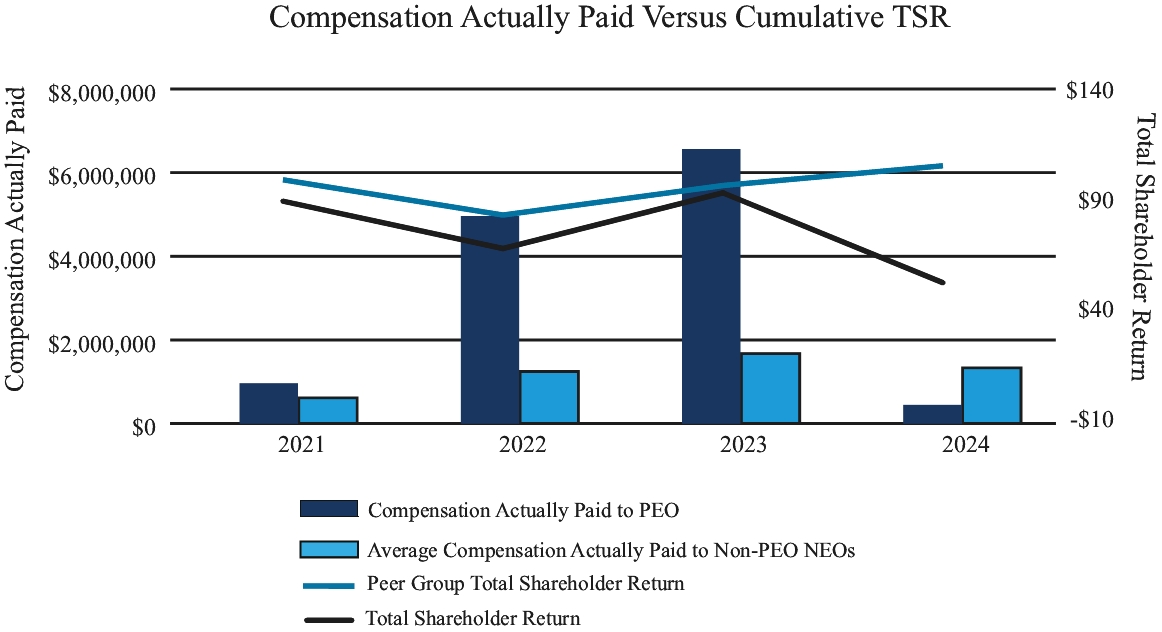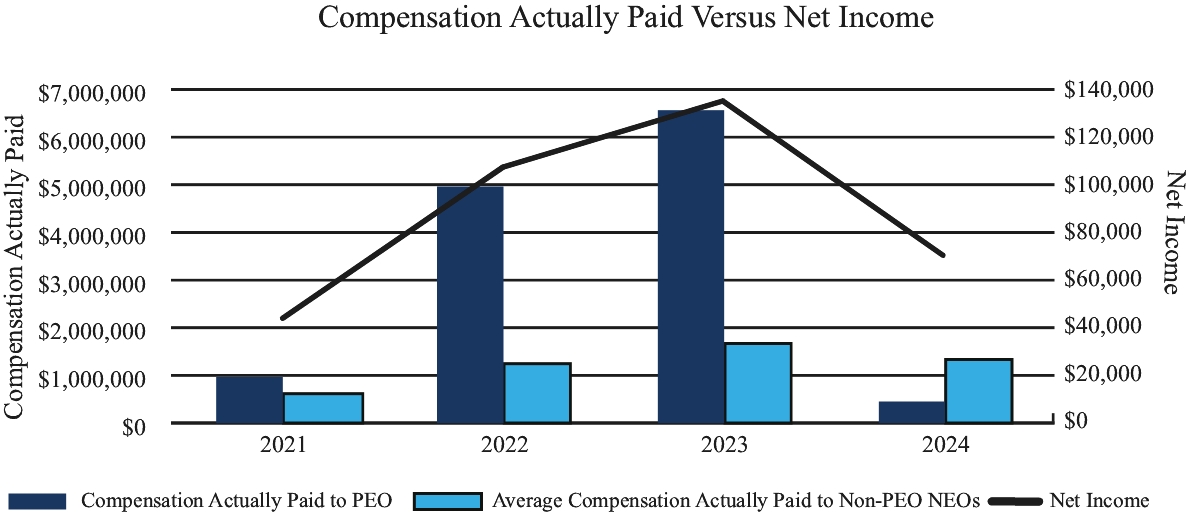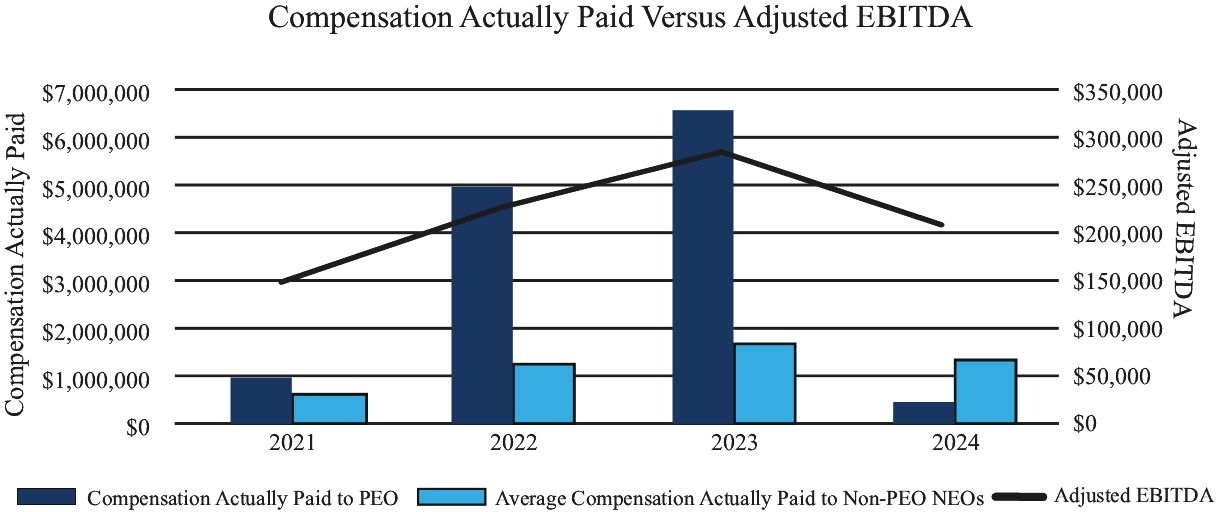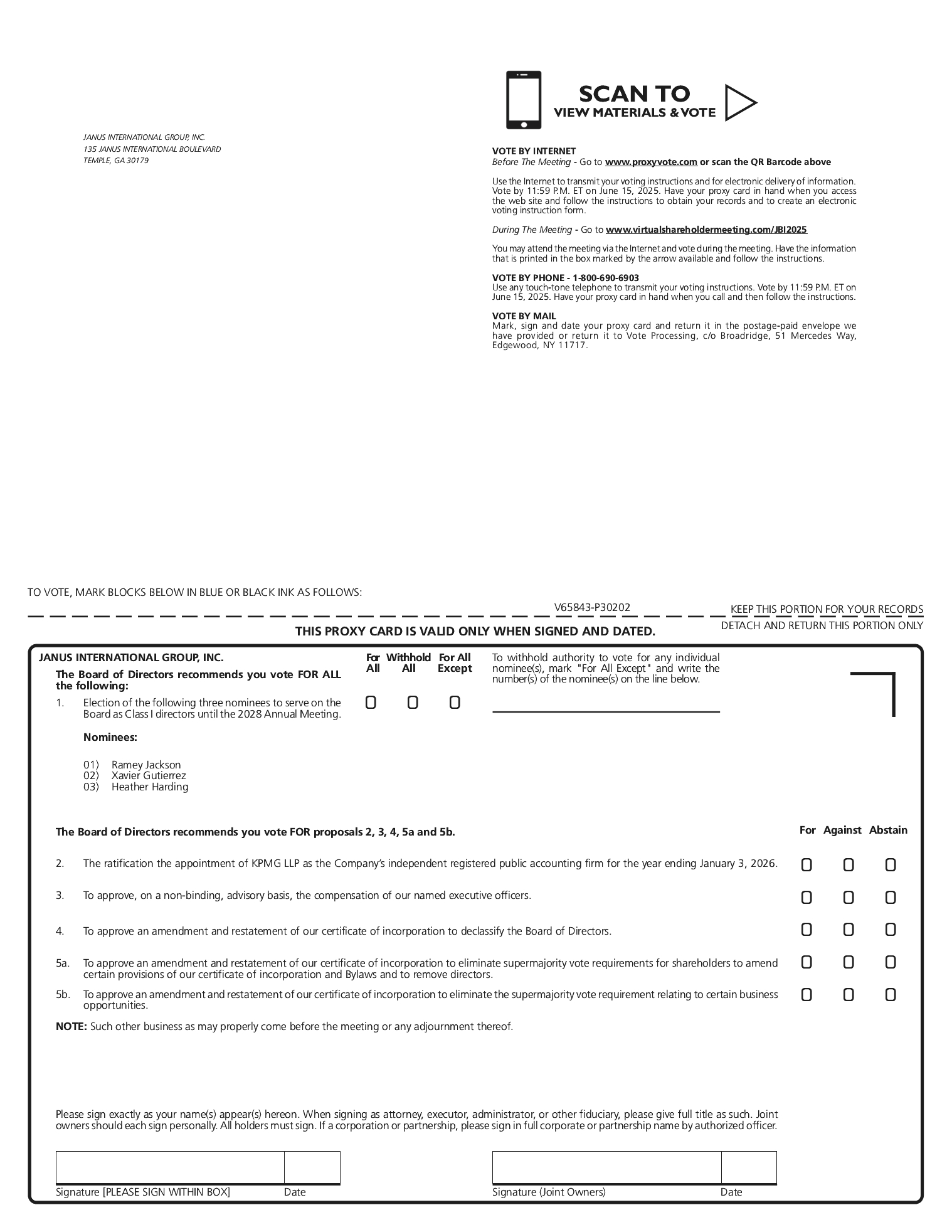Cybersecurity
Cybersecurity Risk Management Protocols and Strategy
Organizations in our industry are frequently confronted with a broad range of cybersecurity threats, ranging from uncoordinated, individual attempts to gain unauthorized access to an organization’s information technology (“IT”) environment to sophisticated and targeted cyberattacks sponsored by foreign governments and criminal enterprises. Although we employ comprehensive measures to prevent, detect, address, and mitigate these threats, a cybersecurity incident could potentially result in the misappropriation, destruction, corruption, or unavailability of critical data, personal identifiable information, and other confidential or proprietary data (our own or that of third parties) and the disruption of business operations. The potential consequences of a material cybersecurity incident include remediation and restoration costs, reputational damage, regulatory fines, litigation with third parties, and diminution in the value of our investment in research and development, which in turn could adversely affect our competitiveness and results of operations. Accordingly, cybersecurity is an important part of our Enterprise Risk Management (“ERM”) program, and the Company seeks to address cybersecurity risks through a comprehensive, cross-functional approach.
The Company’s cybersecurity policies, standards, processes, and practices for assessing, identifying, and managing material risks from cybersecurity threats and responding to cybersecurity incidents are based on recognized frameworks established by the National Institute of Standards and Technology, the International Organization for Standardization, and other applicable industry standards. The Company has established certain controls and procedures, including an Incident Response Plan, that provide for the identification, analysis, notification, escalation, communication, and remediation of data security incidents at appropriate levels so that decisions regarding the public disclosure and reporting of such incidents can be made by management in a timely manner. In particular, the Company’s Incident Response Plan: (i) is designed to identify and detect information security threats through various mechanisms, such as through security controls and third-party disclosures; and (ii) sets forth a process to (a) analyze any such threats detected within the Company’s IT environment or within a third-party’s IT environment, (b) contain cybersecurity threats under various circumstances, and (c) better ensure the Company can recover from cybersecurity incidents to a normal state of business operations. The Company has established and maintains other incident response and recovery plans that address the Company’s response to a cybersecurity incident.
All new hires are required to complete mandatory cybersecurity awareness training upon joining the Company. Follow-on training is then assigned to all employees on a regular basis. Training assignments reinforce the Company’s security and information technology acceptable use policies, while also helping employees identify and properly respond to cybersecurity threats. To help assess and maintain awareness, training is supplemented with simulated phishing e-mails that are sent on a regular basis.
We have cybersecurity insurance (subject to specified retentions or deductibles) related to cybersecurity incidents that addresses costs, losses, and expenses related to cybersecurity investigations, crisis management, notification processes and credit monitoring services, public relations, and legal advice. Additionally, this cybersecurity insurance may cover certain physical injury to, loss or destruction of tangible property, including loss of use thereof, or loss of use of tangible property which has not been physically injured or destroyed. However, damages, fines, and claims arising from such incidents may not be covered or may exceed the amount of any insurance available or may not be insurable.
As part of its cybersecurity program, the Company deploys comprehensive measures to deter, prevent, detect, respond to and mitigate cybersecurity threats, including firewalls, anti-malware, intrusion prevention and detection systems, identity and access controls, software patching protocols, physical security measures, multi-factor authentication, and other tools to detect data exfiltration. The Company periodically assesses and tests the Company’s policies, standards, processes, and practices that are designed to address cybersecurity threats and incidents by assessing current threat intelligence from various sources, including but not limited to, certain key vendors, the United States Cybersecurity & Infrastructure Security Agency (“CISA”), and the open source threat intelligence community via open-source threat intelligence databases. Furthermore, we conduct periodic table top exercises, vulnerability and security testing, and “lessons learned” reviews from internal and industry related cybersecurity incidents. We have a process to report material results of such testing and assessments to the Board and our Audit Committee, and periodically make adjustments to our cybersecurity program based on these exercises and reviews. The Company engages third parties to conduct certain aspects of such testing and to assist with the Managed Detection and Response (“MDR”) of security events as well as the collection and
